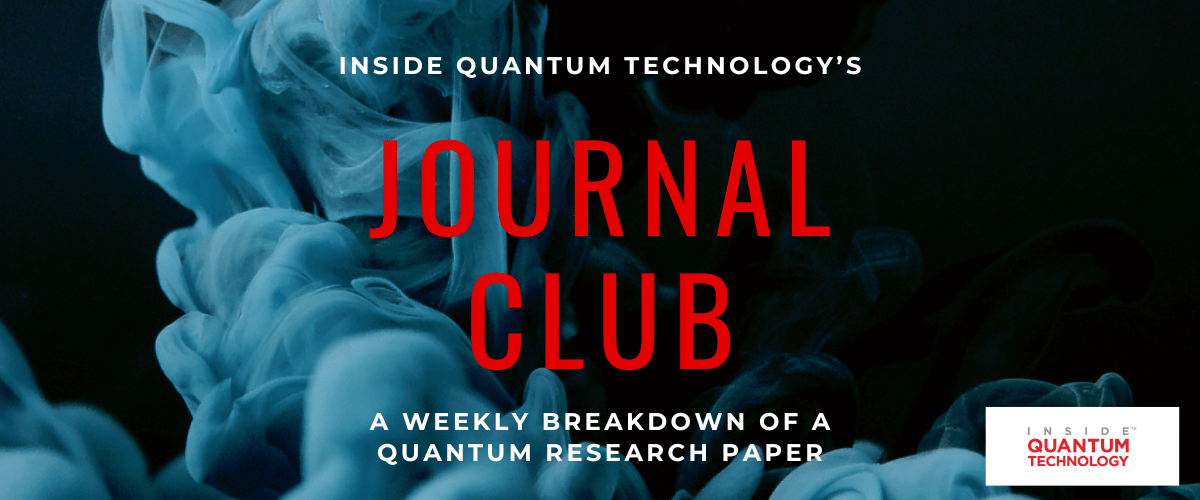IQT Journal Club: A Guide to Diamond Microscopy with Enhanced Imaging

IQT’s “Journal Club” is a weekly article series that breaks down a recent quantum technology research paper and discusses its impacts on the quantum ecosystem. In this article, we dive into diamond microscopy.
In the realm of quantum technology, a new advancement is making waves. Scientists have been working with a unique diamond feature called nitrogen-vacancy (NV) centers. These microscopic diamond flaws have a surprising ability: they can detect magnetic fields with incredible precision. In a new paper published in AVS Quantum Science, researchers from the University of Maryland probed these centers within the diamond to enhance microscopic imaging.
The Quantum Diamond Microscope: A Breakthrough Tool
The Quantum Diamond Microscope (QDM) uses these NV centers to create images of magnetic fields. This isn’t just any microscope. It’s a groundbreaking tool that operates on a quantum level, capable of capturing magnetic details invisible to traditional imaging methods. It combines a high-resolution view over a large area with the sensitivity to detect extremely subtle magnetic signals.
In this study, to enhance QDM’s abilities, the researchers combine the Ramsey protocol with the QDM. The Ramsey protocol is a sophisticated method used in quantum physics to measure the magnetic field more accurately. By combining this with the diamond microscope, scientists have significantly improved its sensitivity and uniformity in capturing magnetic signals.
The enhanced QDM can now image magnetic fields with a clarity and precision never seen before. This has vast implications across various fields – from understanding the magnetic properties of materials in physics to exploring biological processes in the life sciences. For instance, this could mean better insights into how cells communicate electrically in medical research. In materials science, it could lead to a deeper understanding of magnetic materials, potentially impacting how we store data or generate power.
The Future: Expanding the Horizons of Magnetic Imaging
As we move forward, the potential applications of this enhanced diamond microscope technology are expansive. Researchers could use it to study the biomineralization process – how living organisms produce minerals – or to observe the activity of electrically active cells like neurons and muscles in real time. This could unlock new doors in neuroscience, helping us understand the brain’s intricate workings.
Kenna Hughes-Castleberry is the Managing Editor at Inside Quantum Technology and the Science Communicator at JILA (a partnership between the University of Colorado Boulder and NIST). Her writing beats include deep tech, quantum computing, and AI. Her work has been featured in Scientific American, Discover Magazine, New Scientist, Ars Technica, and more.


















